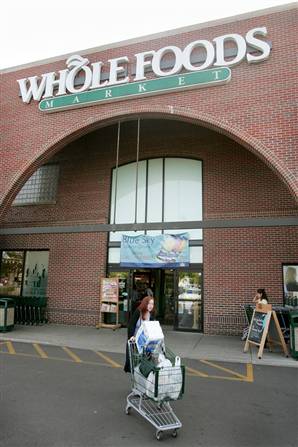Megan Hardigree, a research associate at Kansas State University working on hand hygiene, writes that this year, Cinco de Mayo wasn’t just a holiday to celebrate the Mexican army’s victory over the  French in the Battle of Puebla (yesterday) or a song by the band, Cake. It was also a day to celebrate the launch of the World Health Organization’s (WHO) newest hand hygiene campaign: Save Lives: Clean Your Hands.
French in the Battle of Puebla (yesterday) or a song by the band, Cake. It was also a day to celebrate the launch of the World Health Organization’s (WHO) newest hand hygiene campaign: Save Lives: Clean Your Hands.
The aim of Save Lives: Clean Your Hands is to stop the spread of infection by increasing hand hygiene of healthcare workers. This is said to be the next step of the original, Clean Care is Safer Care, from 2005. The initiative persuades individuals to join the movement with gain-framed messages (they apparently encourage positive behavior) such as “Help stop hospital acquired infections in your country” and “Make patient safety your number one priority.”
 To help support this initiative, WHO has accompanied the promotion with a variety of tools and resources to aid healthcare facilities in promoting and enforcing better hand hygiene. These tools include: tools for system change, tools for training and education, tools for evaluation and feedback, tools as reminders in the workplace, and tools for institutional safety climate. My personal favorite, mostly because of the fun diagram, is in the “tools as reminders in the workplace” which includes “My 5 Moments for Hand Hygiene:”
To help support this initiative, WHO has accompanied the promotion with a variety of tools and resources to aid healthcare facilities in promoting and enforcing better hand hygiene. These tools include: tools for system change, tools for training and education, tools for evaluation and feedback, tools as reminders in the workplace, and tools for institutional safety climate. My personal favorite, mostly because of the fun diagram, is in the “tools as reminders in the workplace” which includes “My 5 Moments for Hand Hygiene:”
• before touching a patient;
• before clean/aseptic procedures;
• after body fluid exposure/risk;
• after touching a patient; and,
• after touching patient surroundings.
“Be a part of a global movement to improve hand hygiene, “ says WHO.
Now to evaluate whether any of these messages actually compel people to wash their hands.

 Stores like Whole Foods are easy to poke fun at because of their
Stores like Whole Foods are easy to poke fun at because of their 
 The director of animal facilities at the University of Tulsa,
The director of animal facilities at the University of Tulsa, 
(1).jpg) Then, sometime in the twentieth century, Artificial Preservatives, Colors and Flavors were invented by “food scientists,” devoted to improving the quality of our lives through science. The ability to color, flavor and preserve food indefinitely made it possible to recreate authentic-seeming foods and make them last virtually forever. …
Then, sometime in the twentieth century, Artificial Preservatives, Colors and Flavors were invented by “food scientists,” devoted to improving the quality of our lives through science. The ability to color, flavor and preserve food indefinitely made it possible to recreate authentic-seeming foods and make them last virtually forever. ….jpg) Shortly before baby Sorenne was born
Shortly before baby Sorenne was born.jpg) Whole Food customers are
Whole Food customers are  Jorgen Schlundt, director of food safety at WHO,
Jorgen Schlundt, director of food safety at WHO,  They display the food in a loving manner, it’s enjoyable to hang out at the stores, but like most porn — or food porn – it’s ultimately unfulfilling.
They display the food in a loving manner, it’s enjoyable to hang out at the stores, but like most porn — or food porn – it’s ultimately unfulfilling.
 When I was a graduate student at the University of Michigan,
When I was a graduate student at the University of Michigan,